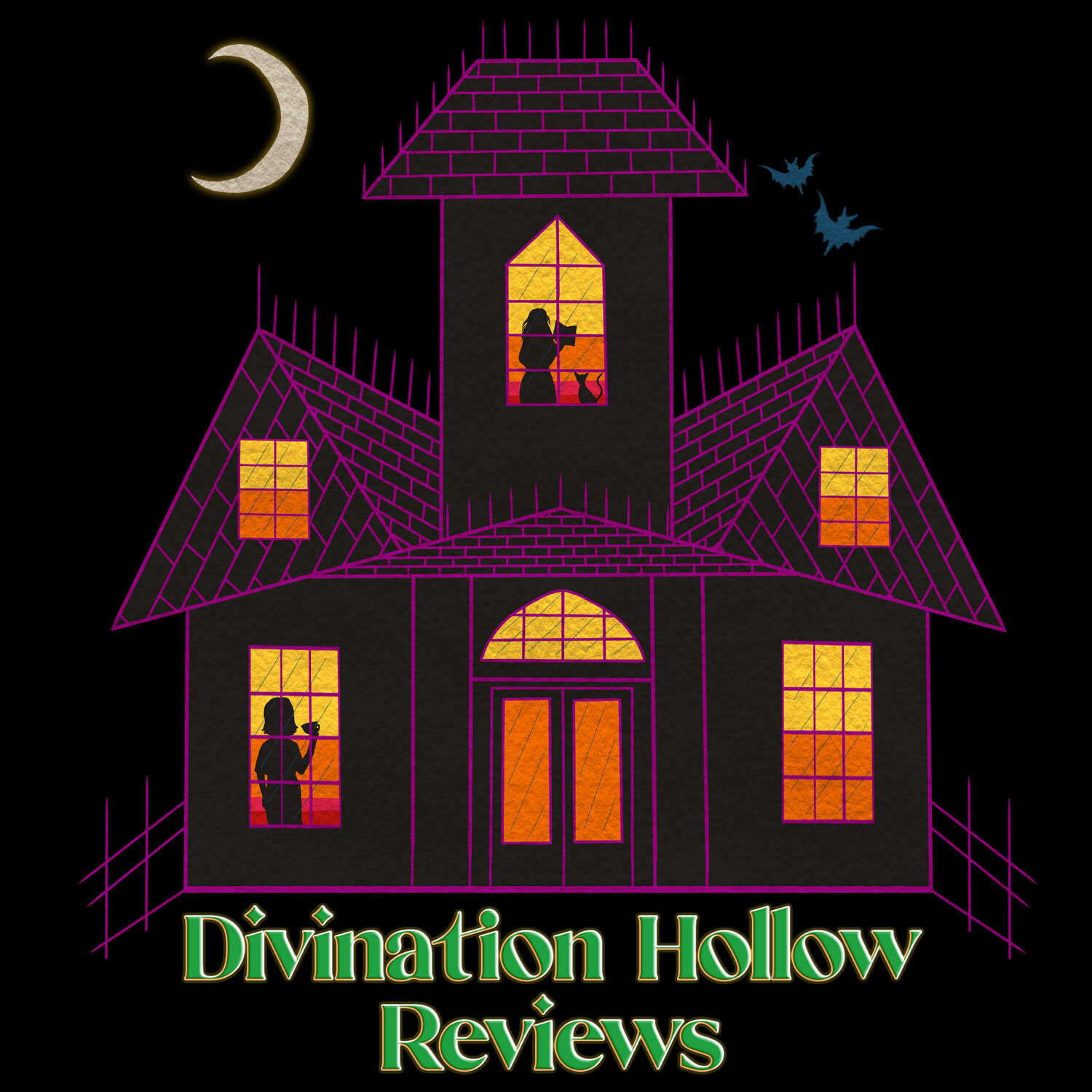My Mari Lwyd
My Mari Lwyd
I was about seven or eight years old, at a small town Primary School in rural South Wales. This was during the run-up to Christmas, us kids were all abuzz and distracted from our normal lessons, so our teachers spent a day doing a Victorian Christmas for us.
I don’t remember much of the main school day, except making Welsh cakes (for the non-Welsh reading this, please look up recipes; they are easy and delicious).
Then in the afternoon we were rounded up and told to put our hats and coats on. It wasn’t time for our church carol service yet.
We were marched single file through alleyways and behind houses to avoid the roads, giggling and chattering and blowing out dragon’s breath in the cold.
We arrived at an old pub - fittingly called The Nag’s Head - and the grownups ushered us up to the attic. We sat in a circle, and I distinctly remember being a little uncomfortable as I was backed into the eaves which meant I had to lean forward.
Teacher stepped into the middle and she told us about the Mari Lwyd, who would come knocking door to door during the darkest time of the year.
The tension in the room was palpable as our teacher stepped back, the light was dimmed, and through the door into our tiny room emerged the Mari Lwyd.
She skipped and galloped around the circle, a dirty yellowed horse skull with a clattering jaw, streaming ribbons, and a white cloth draped over the person puppeteering her (I suspect the pub landlord).
Some kids squealed when she approached them, I remember grinning the whole time then giggling when she set her sights on me. Those teeth and the lights in her eyes when she loomed above me were exhilarating and terrifying.
As you probably tell, this experience made a big impression on me. I’ve kept it years as a secret memory, no one talked about it or acknowledged it after, so I could keep it just for myself to relive during the very coldest winter nights.
So it’s been very surreal the last couple of years to see Mari Lwyd blow up online.
On the one hand, it’s great to see Welsh traditions and people becoming better known in the wider world, on the other, a lot of misconceptions and misunderstandings have also popped up, so what I’m aiming to do here is clear up a few of those and provide a bit of context and history for our Mari Lwyd.
This is more difficult than it might sound, there are conflicting origins and stories, and it turns out we can’t even agree on what her name means, so I’m going to start with what we know for definite.
The Mari Lwyd is part of a wassailing tradition, of which there are variations all over Britain. Between Christmas Day and Twelfth Night, Mari Lwyd is carried about the village by a group of revellers, knocking on people’s doors and challenging them to a contest of rhymes (in Welsh this contest is called pwnco). If the homeowner should lose, Mari and her crew gain entry and they get a round of drinks and a short celebration before they move on to the next house.
It is generally agreed that this tradition is native to South Wales, particularly the areas of Gwent and Glamorgan.
This is what I can confirm, from here on however things get a little bit murky.
For one, there is the name. No one can agree whether Mari Lwyd means Holy Mary or Grey Mare. In my research I’ve come across Y Fari Lwyd, which could mean that the more common name is a corruption of the original Welsh. Grey horses are a common motif in Celtic (particularly Welsh) myth.
It is said that the Mari Lwyd is a pagan custom, dating back to a pre-Christian era. This is a very appealing and romantic idea, another well from which can draw pride in our ancient Celtic identity… but there’s no real evidence that this is true.
The earliest recorded mention of the Mari Lwyd was only 1800, in J Evans’ A Tour through Part of North Wales, although again, it is agreed she is native to the South. Compare this age with other wassailing practices around the UK: Old Tup from Derbyshire - earliest record is from 1845, The Hoodening of Kent appears a bit earlier - couldn’t pin down an exact year, but roughly early eighteenth century.
That’s not to say that these things aren’t truly ancient, it just cannot be proven one way or the other.
I believe it was 2019 when first I noticed the Mari Lwyd starting to pop up more frequently online. And not just from Welsh people or Welsh history accounts, but from foreign artists lending her their own interpretation.
As I’ve already said, this was a bit strange at first, but once it sunk in it was honestly quite beautiful to see. My original intention with this piece was to clear up misconceptions, specifically that the Mari Lwyd is not some kind of spirit or monster like Krampus, just an unusually grim hobby horse.
But the internet and social media has brought to life new urban legends and cryptids, so now I don’t think I mind if Mari Lwyd joins the roster. And after centuries of invisibility as a people and culture, it feels good to have her as an ambassador to the world.
She’s not the same Mari Lwyd that goes pub to pub here on Twelfth Night (coincidentally, a couple of years ago my hometown decided to revive the tradition),but thinking back to the afternoon when I first met her, she certainly seemed a monster to me.
Essay by Dai
Twitter: @PreparetoDai



